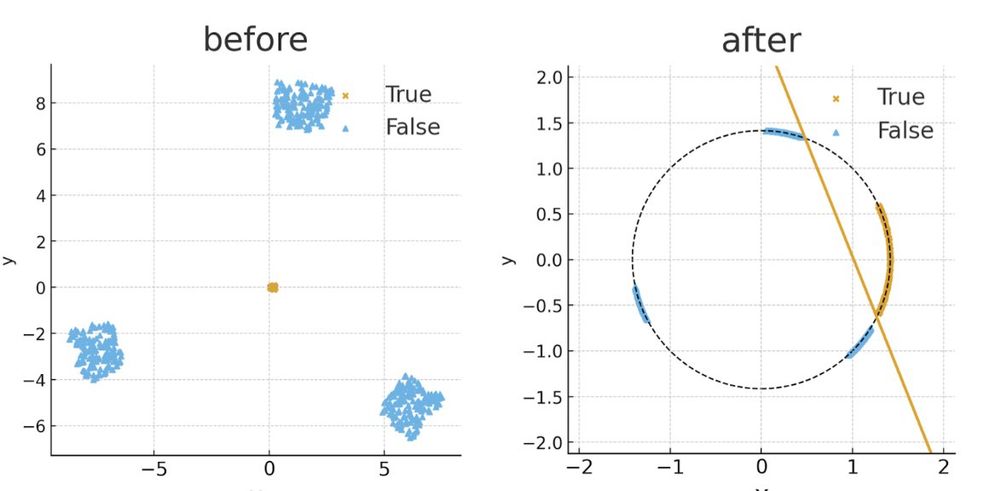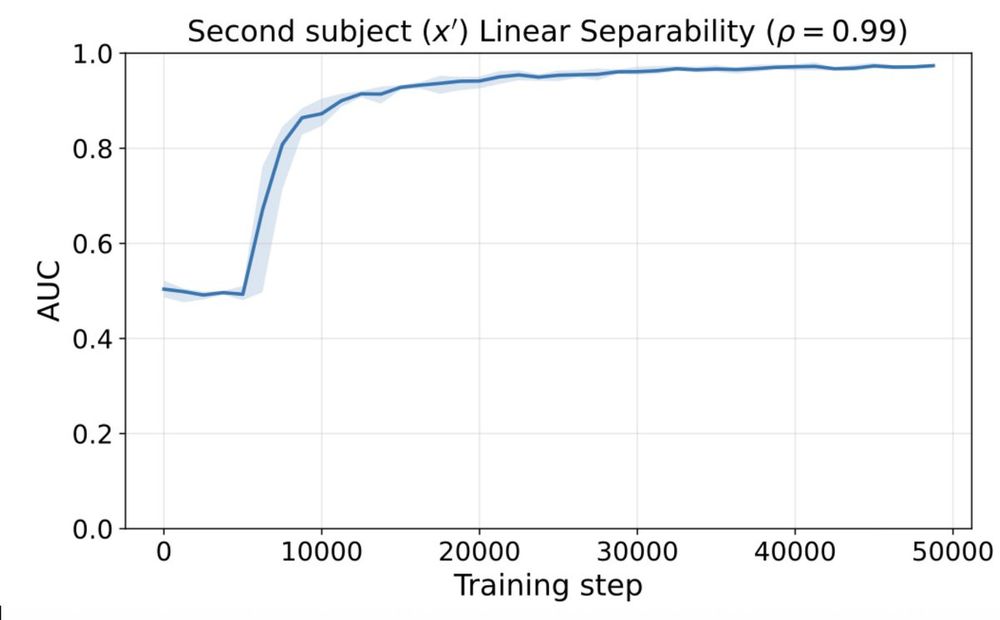






Shout-out to the first author Aviya Maimon for her principled, and at times painstaking, work!
Shout-out to the first author Aviya Maimon for her principled, and at times painstaking, work!



Arxiv: arxiv.org/pdf/2402.11355 (6/6)
Arxiv: arxiv.org/pdf/2402.11355 (6/6)

